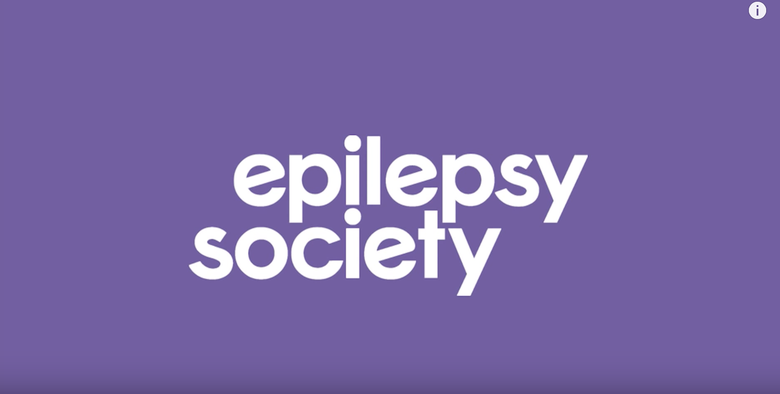Initial Seizures
Dravet Syndrome is initially characterised by prolonged, recurrent seizures.
Seizures usually start in the first year of life (studies suggest the average age of onset is around five months, but can occur between one and 18 months).
Seizures in the first year are febrile seizures, usually tonic-clonic (or clonic) and may affect one side of the body (hemiclonic). If seizures are very long and occur close together with no recovery time, a condition known as ‘status epilepticus’ may occur, causing the child to be admitted to intensive care and have emergency treatment in A&E.
Febrile seizures
Recognising febrile seizures (sometimes called ‘febrile convulsions’) is important in the diagnosis of Dravet Syndrome. They are usually ‘generalised’ seizures, triggered by a high or rapidly rising temperature, often due to illness or vaccination. Most febrile seizures are brief and do not usually cause long-term health problems. The first sign of Dravet Syndrome may be the occurrence of repetitive and/or prolonged febrile seizures in early infancy. Prolonged means that seizures last for more than ten minutes and sometimes over half an hour.
Tonic-clonic seizures
As the name suggests, this type of seizure involves a combination of symptoms from tonic and clonic seizures. The tonic phase of the convulsion begins first with the person’s body suddenly becoming stiff, followed by the clonic phase in which the person’s body jerks rhythmically. These seizures typically last one to three minutes. Toward the end of the seizure, the jerky movements slow to a stop and the person’s body relaxes. During this time, the person may lose control of the bladder or bowels. A tonic-clonic seizure lasting more than five minutes requires immediate medical help. Tonic-clonic seizures usually are generalised onset, but also can be focal onset.
The Epilepsy Society has created a video to find out what the experience of a tonic clonic seizure may be like.
Clonic seizures
This type of seizure causes jerky movements in which the person’s muscles stiffen and relax. It most commonly occurs in babies and may last from a few seconds to one minute. Clonic seizures cannot be stopped by restraining the child. Seizures can start in one part of the brain (called focal motor) or affect both sides of the brain (called generalised clonic).
Hemiclonic seizures
Only one side of the body convulses with this type of seizure.
Status epilepticus (also known as 'status seizures')
Status epilepticus may occur in children with Dravet Syndrome. This is when a seizure lasts more than five minutes or when multiple seizures occur close together with no recovery time in-between.
There are two types of status epilepticus — convulsive and non-convulsive.
Convulsive status epilepticus usually occurs from a prolonged tonic-clonic seizure. This type requires emergency medical treatment because it is life-threatening.
Non-convulsive status epilepticus usually occurs from prolonged absence or focal impaired awareness seizures. These seizures are harder to recognise because the symptoms are more subtle.
